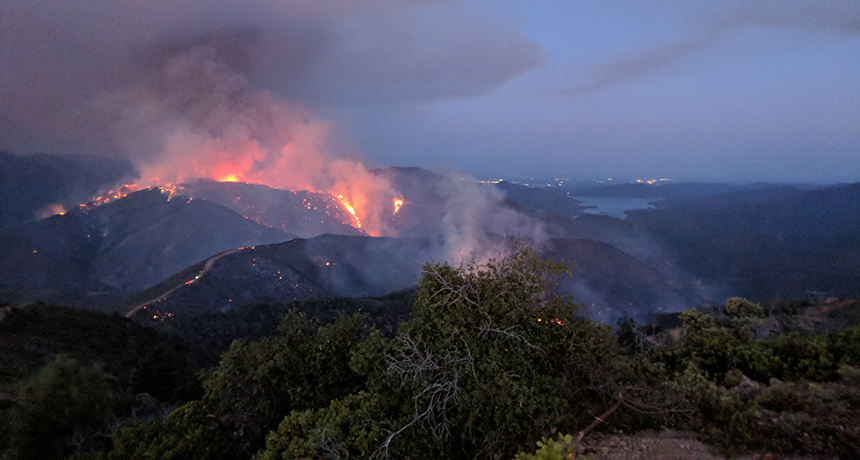Questions for ‘Wilder wildfires? Computing helps predict their path and fury’

The 2018 Carr fire in northern California, seen here outside Redding, threw pollutants into the air for weeks, beginning July 23. The state reported that air quality was “unhealthy” throughout the region affected by this intense fire. One of the biggest in state history, this fire eventually burned more than 175,000 acres and destroyed more than 1,077 homes.
E.L. Karey